Guitar Solos and Lead Guitarists. Part 3: The 1970's
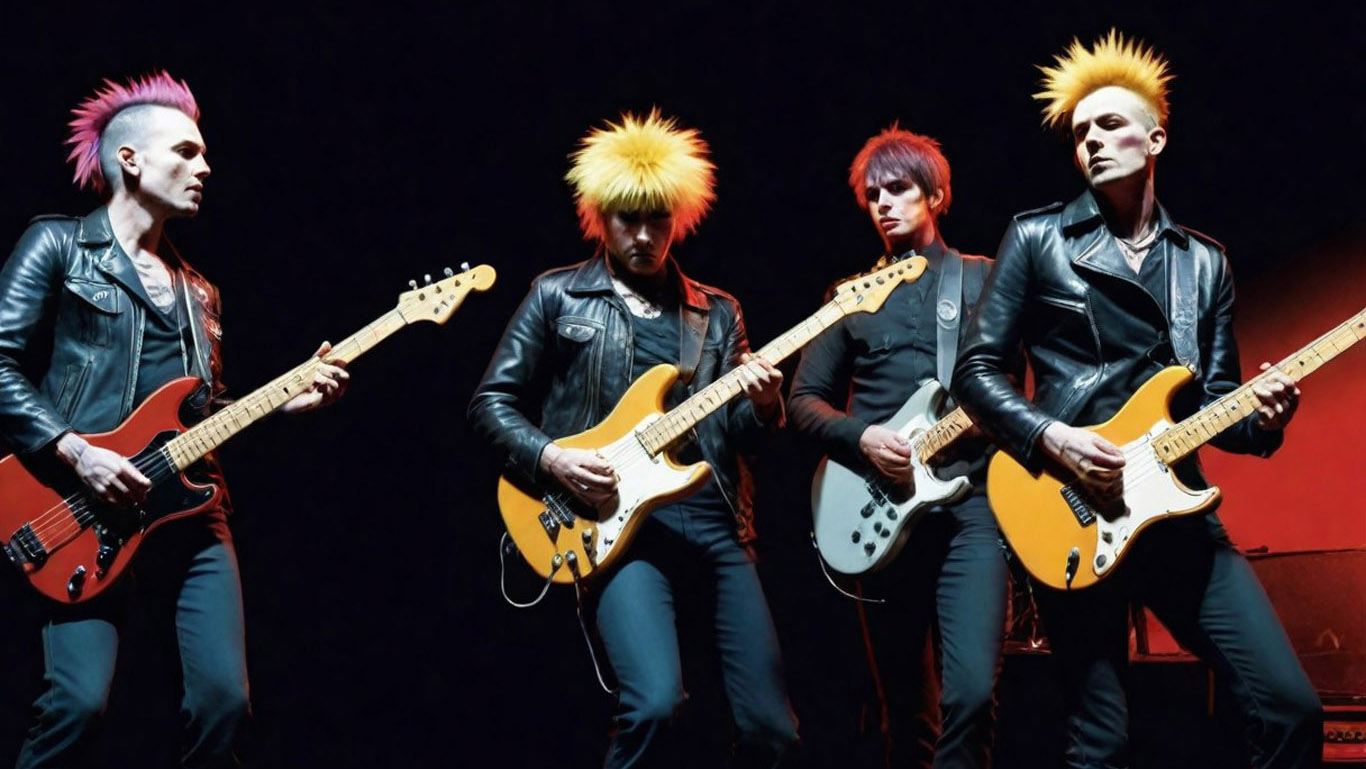
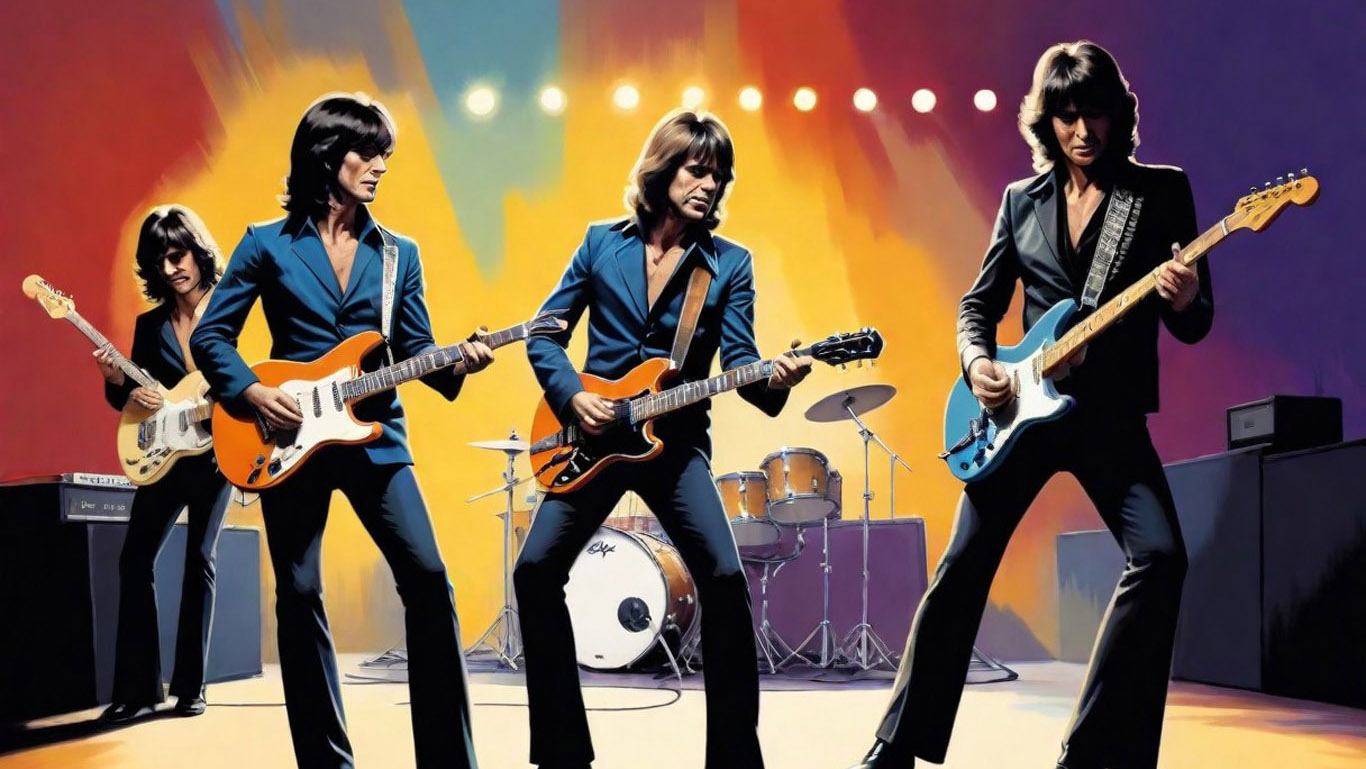
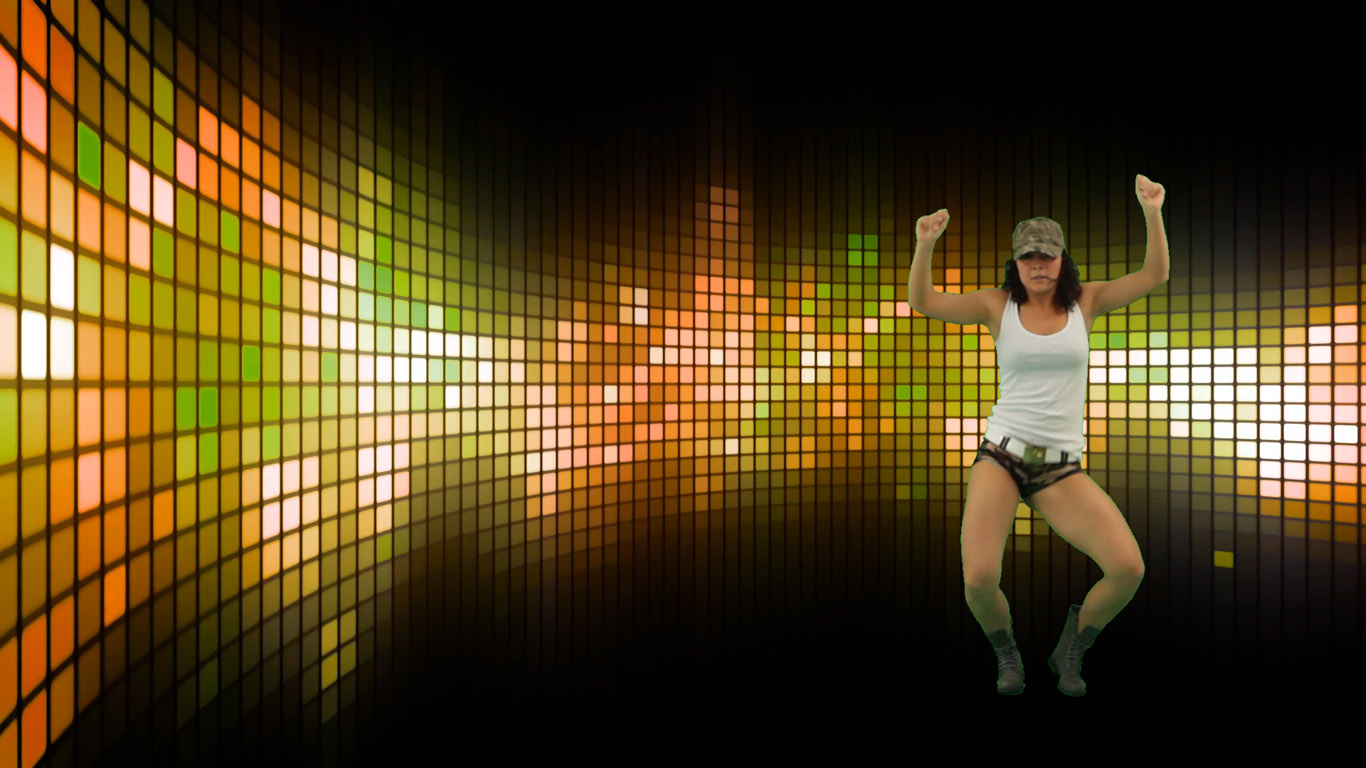
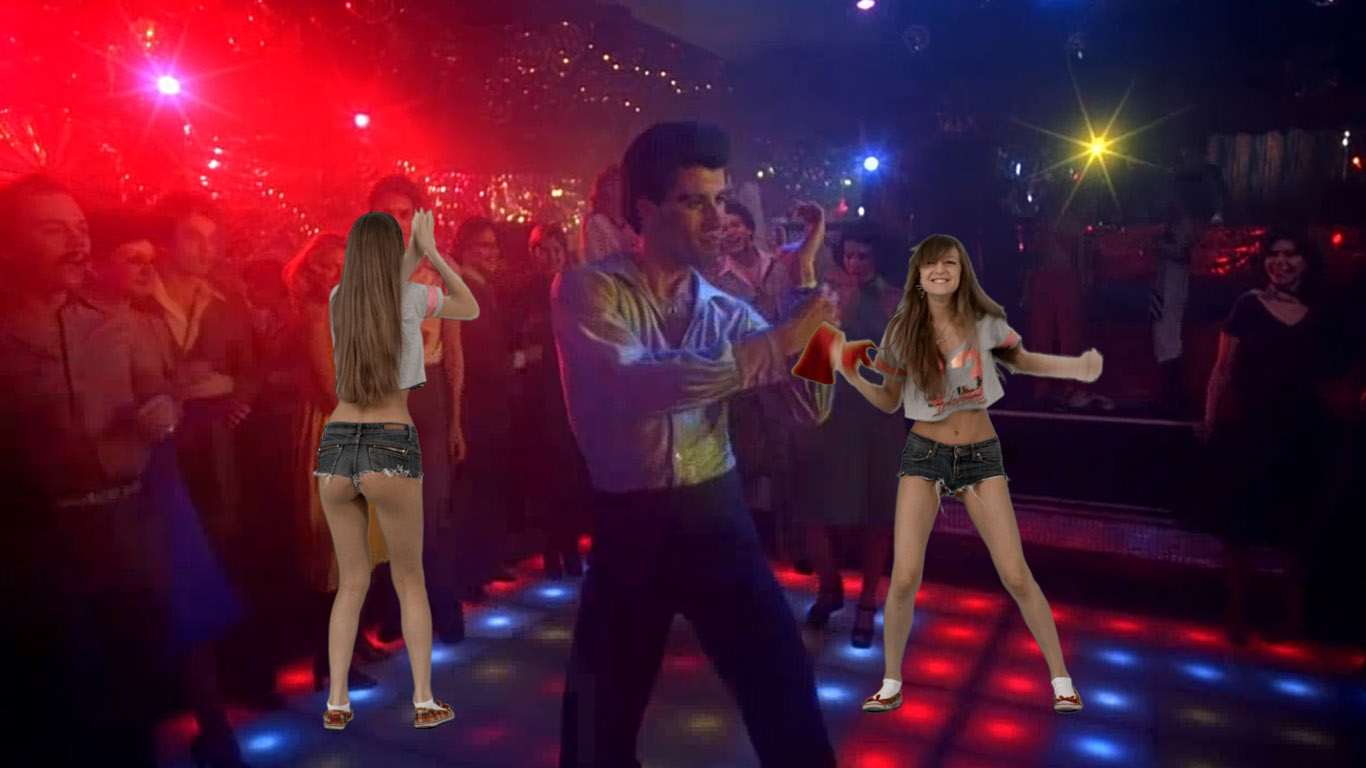
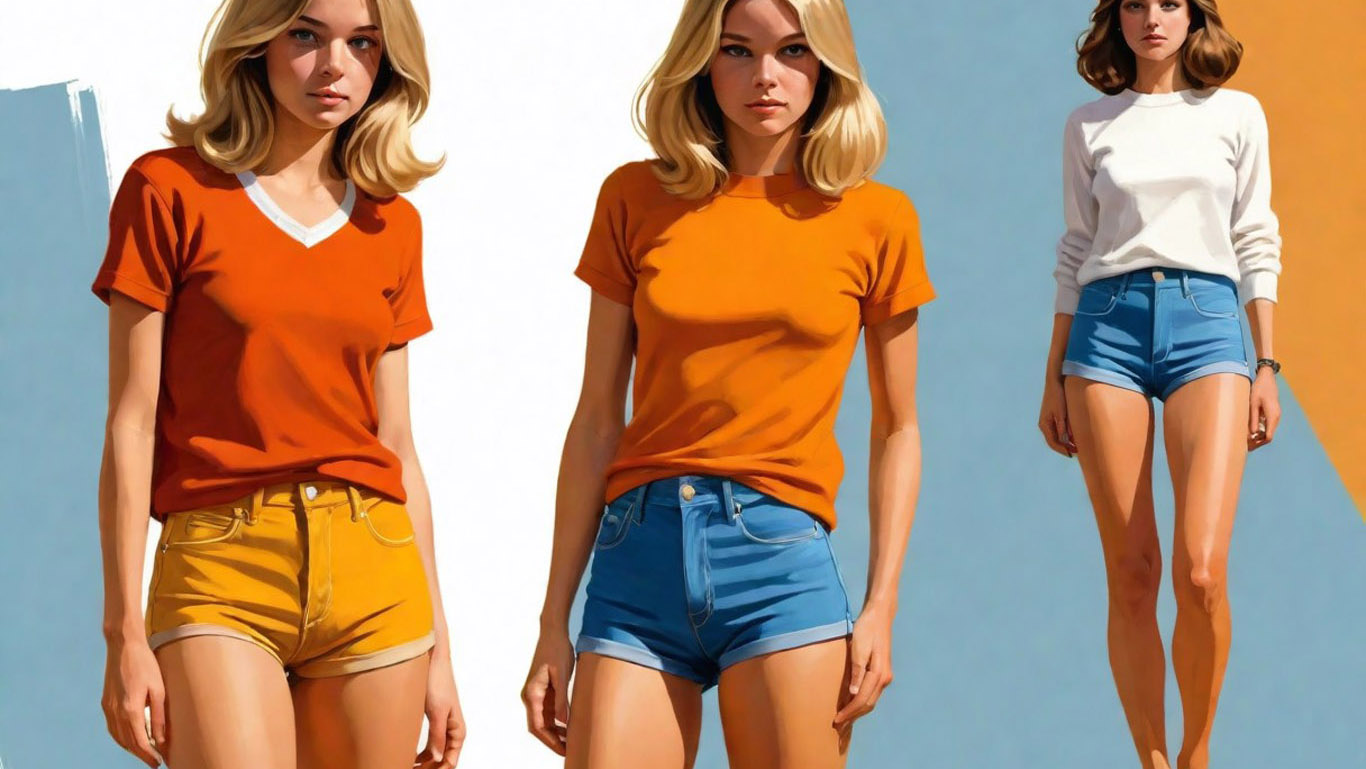
Unleashing the Power: The Evolution of Lead Guitar Part 3: the 1970s
The 1970’s continued to be a remarkable period for lead guitar, carrying on the emergence of iconic players, innovative techniques, and groundbreaking solos. However, the heyday of the 1960’s was over.
Hendrix died at the start of the decade and it is interesting to ask, had he lived into the 70's would Jimi Hendrix have still been #1? Yes he would. Don’t forget he was still evolving and would have held his own in any decade following his death, he would still have stood head and shoulders above the rest.
New genres like Punk emerged withe the Sex Pistols in the middle of the decade. It was guitar driven but had no guitar solos to speak of – just a load of spitting. No, I didn’t want all that gob on my Gibson Les Paul thank you!
Before that, and in a parallel universe a new breed of lead guitarist burst on the scene – the session guitarist. The focus shifted to America.
The Rise of the Session Guitarist
There had always been session guitarists, but they were largely unknown and unsung, but a new business model was now being forged.
Producers and songwriters realised that they didn’t need a band. Bands were expensive, messy, prone to collapse. Why not use the best of the best to record your albums?
No one did session music better than two New York songwriters Donald Fagen and Walter Becker. They started off with a band, Steely Dan, kept the brand but soon swapped to session guys for recording.
And record they did. It you visit a hi-Fi store to buy some overpriced audio gear likely the store will use one of their tracks for reference. It is pure audiophile.
They had a penchant for guitar solos and understood what made a great solo. They would not just have a different lead guitarist for each track, they would have multiple lead guitarists play the same track and cherry-pick the best solo.
They even invented a genre for them – Yacht Rock
In the process they delivered the World at least three of the top 10 guitar solos ever. Look at some of the players that they had at their disposal…
- Larry Carlton
- Denny Dias
- Jeff 'Skunk' Baxter
- Rick Derringer
- Dean Parks
Check out Steely Dan Solos for more on that subject.
Other notable Guitarists of the 1970’s
Gary Moore started out in Skid Row, joining his old bandmate Phil Lynott in Thin Lizzy, with whom he served as an on-off pinch hitter, but it was as a solo artist where we saw the best of him.
Joe Walsh was already a legend by the time he replaced Bernie Leadon in the Eagles – with James Gang he had announced his presence as a songwriter and a player. But when you record an album such as Hotel California, putting your own spin on the Eagles easy West Coast sound on tracks like Life in the Fast Lane, dueling with Don Felder in the title track’s peerless guitar solo, you have arrived!
Fusion
It would be easy but misleading to chart the evolution of guitarists through just two genres Rock and Blues. But there was another newcomer on the block in the 1970’s - Jazz Rock Fusion.
It was a bit like jazz but not so up its own arse, and it afforded guitarists the opportunity for unlimited soloing. What’s not to like about that?
You had to be the best of the best. John McLaughlin was central, fresh from his stint with Miles Davis who was also a leading exponent having gone electric to the disgust of the jazz world.
Jeff Beck made a couple of really great fusion albums and continued to play fusion for the rest of his life – ya didn’t know that eh?
Tommy Bolin (Deep Purple) played on the seminal album with Jazz Rock drummer Billy Cobham called Spectrum. You may have heard the Gary Moore cover of the first track, a real corker called Quadrant 4.
You may not recognise these names; they never got the recognition they deserved but check them out and you’ll discover insane playing.
Jazz Funk
The third major genre to emerge, and the largest in sales, was Jazz Funk, more popularly known as Disco.
A lot of dubious records were made on this bandwagon but also some of the best. Stevie Wonder brought out a series of iconic albums that crossed over R&B into jazz funk. “Talking Book”, “Innervisions”, “Fullfillingness”, and “Songs in the key of Life” – music doesn’t get better than that.
US bands like the Brothers Johnson, the Commadores (with Lionel Ritchie) emerged as did The Average White Band in the UK. Then when I heard Earth, Wind and Fire I forgot about lead guitar and became a rhythm guitarist!
This was a vocal genre with loads of horns and synths, but the guitar was still central. No more so than with the Isley Brothers. and those searing lead parts from Ernie Isley on “Summer Breeze”, “Harvest for the World”, and ” Who’s That Lady”
What Happened to the Brits?
The Brits were still hanging in there. Eric Clapton reinvented himself, again, with a studio album 461 Ocean Boulevard and a new California soft rock sound. He then went into self-destruct mode - but he would be back next decade.
The prime rock band Worldwide at the time was Led Zeppelin and their guitarist Jimmy Page epitomized the spirit of lead guitar in the 1970s, blending blues, folk, and heavy rock influences to create a distinctive and electrifying sound. His iconic solos, such as "Stairway to Heaven" and "Whole Lotta Love," showcased his innovative use of guitar effects, alternate tunings, and improvisational skills, inspiring generations of guitarists to come. Famous for drawing a violin bow across his stings he also carried on the tradition of using your guitar as a performance prop.
Ritchie Blackmore's work with Deep Purple pushed the boundaries of hard rock and heavy metal, with his virtuosic solos and innovative approach to composition setting a new standard for lead guitar playing. Tracks like "Highway Star" and "Smoke on the Water" showcased Blackmore's technical skill and creative flair, earning him a place among the elite guitarists of the era.
In addition to the rise of guitar virtuosos, the 1970’s saw the emergence of new styles and genres that further expanded the possibilities of lead guitar. The rise of Prog Rock (progressive rock) bands like Pink Floyd and their guitarist David Gilmour a second wind. Bands like Yes, and Genesis brought a new level of complexity and sophistication to lead guitar playing, with guitarists like Mike Rutherford of Genesis and Steve Howe of Yes pushing the boundaries of composition and improvisation.
Furthermore, the advent of hard rock and heavy metal in the 1970s paved the way for a new generation of guitar heroes. Bands like Led Zeppelin, Black Sabbath, and Deep Purple became synonymous with the genre, with guitarists like Tony Iommi, Jimmy Page, and Ritchie Blackmore leading the charge with their aggressive riffs and blistering solos.
Conclusion
The 1970s saw advancements in guitar technology that revolutionized the sound of lead guitar. The explosion of new effects pedals, boutique amplifiers, and digital (not tape) recording allowed guitarists to experiment with new sounds and textures and record it more faithfully than anything that came before. Stevie Wonder re-recorded "Songs in the key of life" which a finished (taped analog) album digitally once he heard how good digital was!
The 1970s was a transformative decade for lead guitar, characterized by innovation, virtuosity, and artistic expression. Could it last? Read the next chapter Part 4 the 1980's to find out.